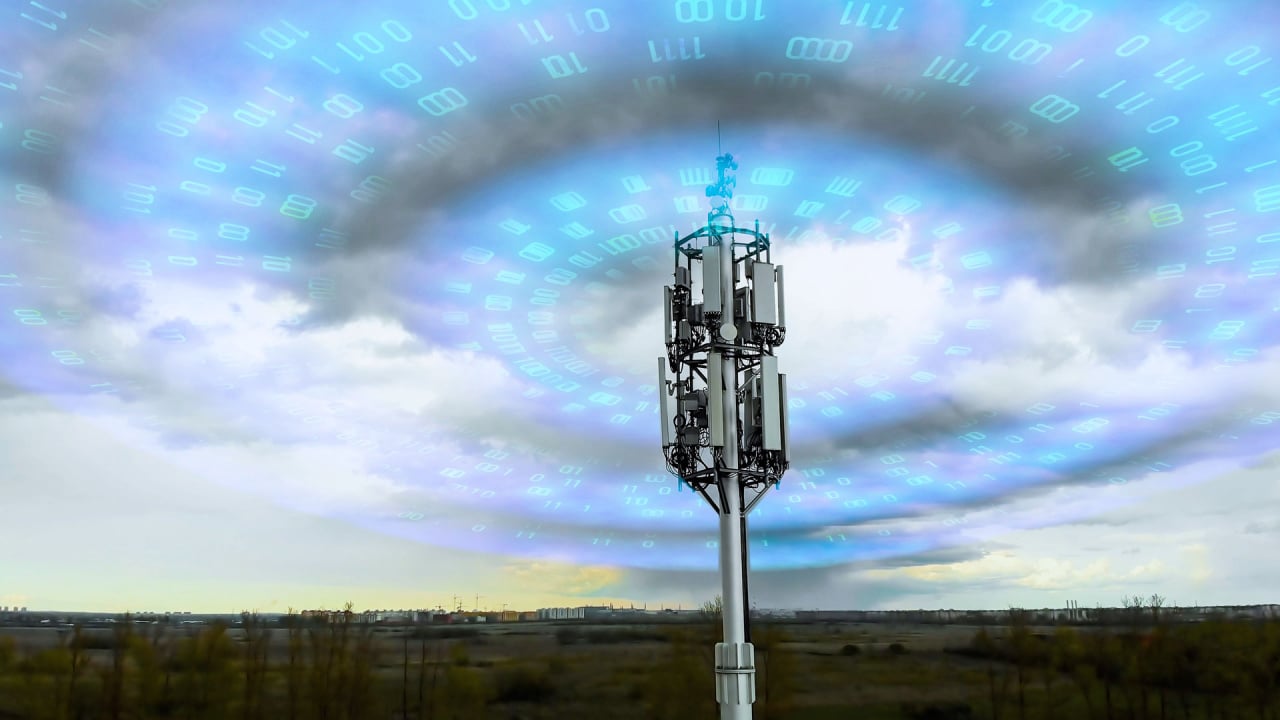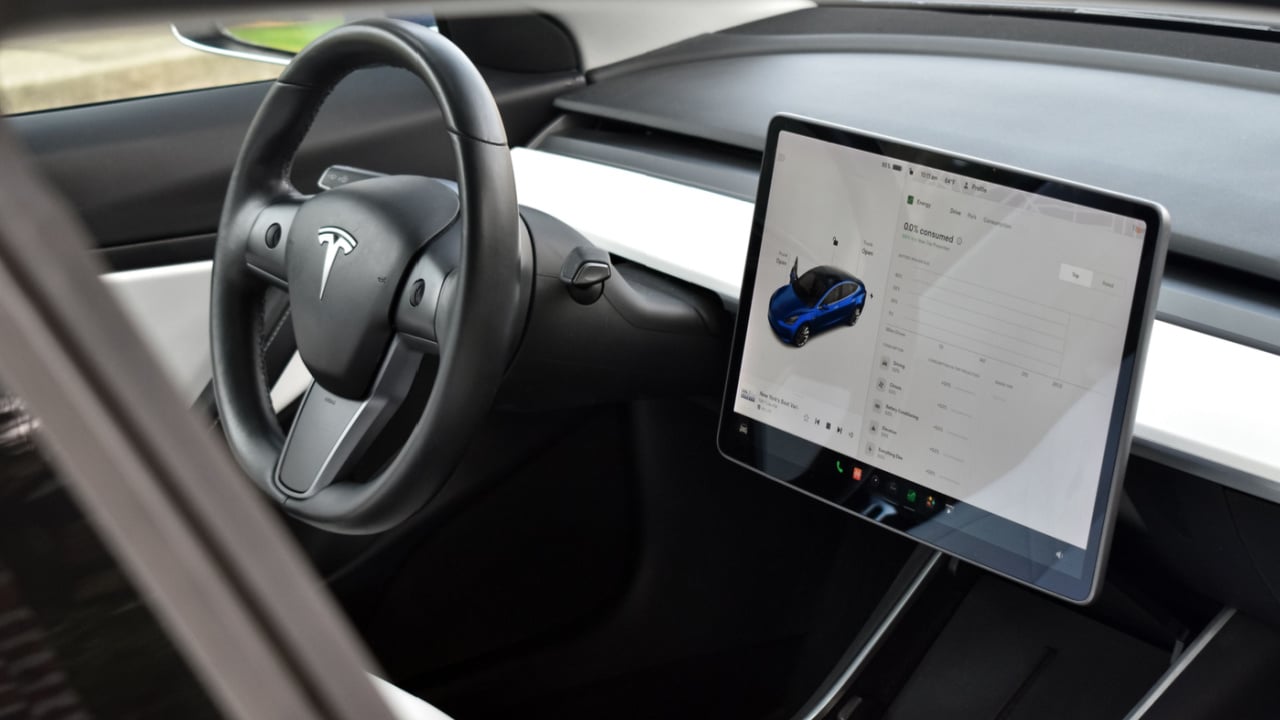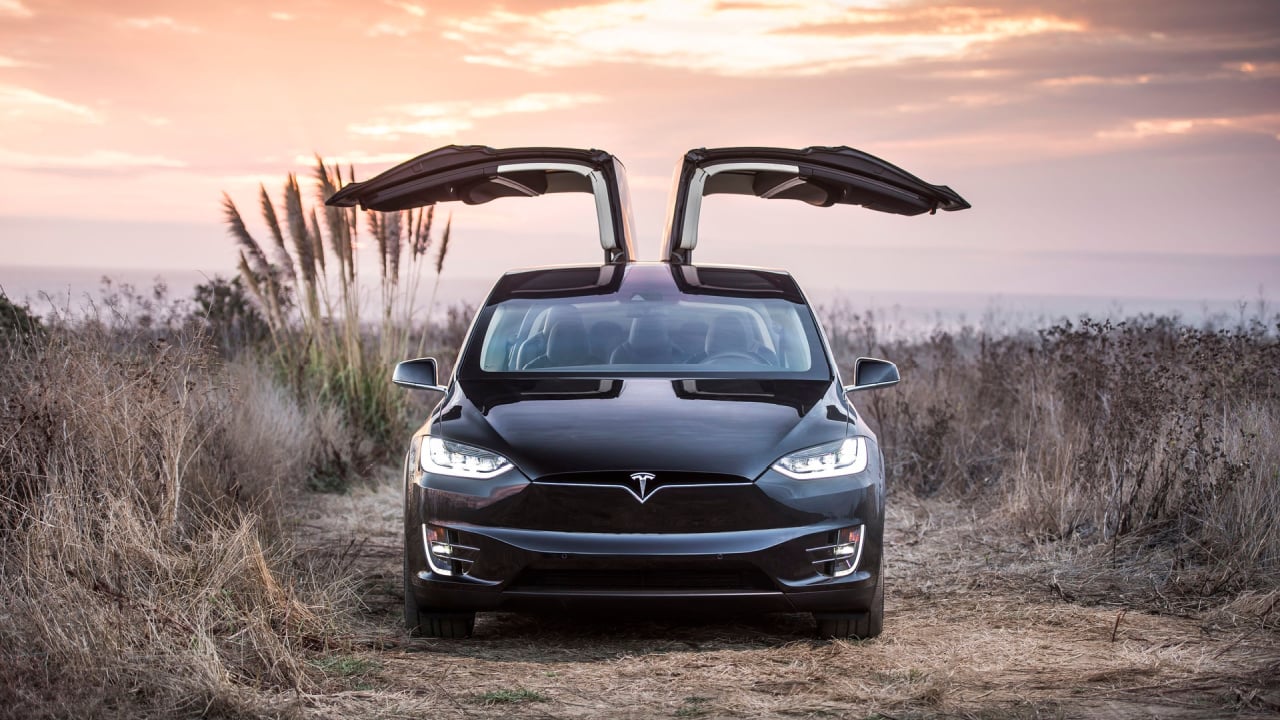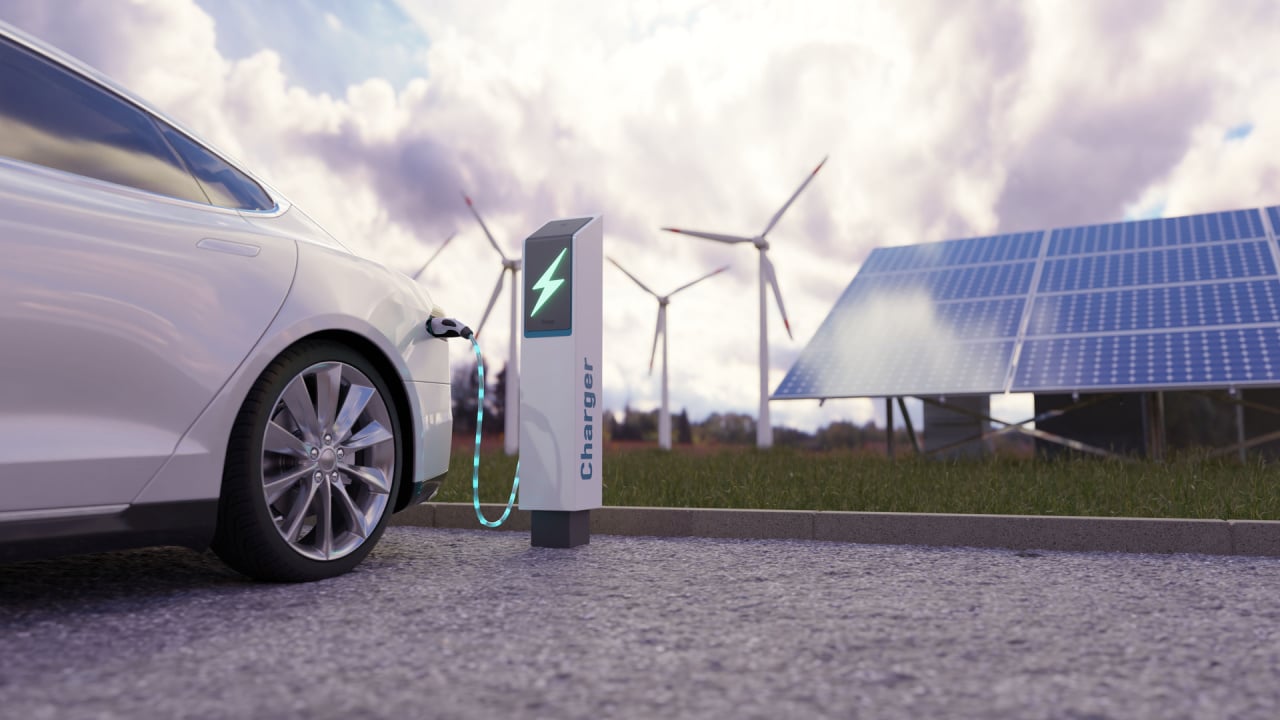Jumping into the world of electric vehicles (EVs) seems like a smart money move and a bold stride towards a greener planet. Yet, the idea of cruising to savings might not tell the whole story. While electric cars shine with promises of lower fuel costs, there’s a labyrinth of financial factors hiding under the hood. Exploring beyond the shiny veneer of reduced gas expenses reveals ten crucial financial aspects. These are the hidden gears prospective EV owners must understand before plugging into the electric revolution.
High Purchase Price

Electric vehicles come with a heftier price tag during the initial purchase phase. The advanced technology powering EVs, including high-capacity batteries and intricate electric drivetrains, contributes to their elevated cost. While the long-term operational savings in terms of fuel and maintenance are enticing, the upfront investment often deters potential buyers, especially when compared to conventional gas-powered vehicles. This higher purchase price can sometimes negate the potential savings from reduced operational costs over time.
Disqualification for Incentives

Despite various incentives and credits aimed at promoting EV adoption, not everyone qualifies for these financial benefits. Income limits, geographical restrictions, and other qualifying criteria set by governments and institutions can exclude certain individuals from accessing these incentives. This limitation diminishes the anticipated cost savings and advantages associated with switching to an electric vehicle, making it less financially appealing for some potential buyers.
Elevated Repair Costs

Repairing an electric vehicle can be notably pricier compared to traditional internal combustion engine (ICE) cars. The specialized components unique to EVs, including intricate electric motors and complex battery systems, often require specialized training and equipment, resulting in higher labor and parts costs. Additionally, the scarcity of qualified mechanics proficient in handling EV repairs further amplifies the expenses. As a result, routine maintenance or unforeseen repairs can strain the wallet, making EV ownership a potentially costly affair in the long run.
Increased Insurance Rates

Electric vehicles often come with higher insurance premiums compared to their gasoline counterparts. The primary reason behind this increase is the higher cost associated with repairing or replacing EV-specific components, such as intricate battery systems and electric drivetrains. Additionally, limited availability of repair shops specializing in EVs might further drive up insurance rates, impacting the overall ownership costs.
Expensive Home Charging Installation

While charging an EV at home is convenient, the initial setup cost for installing a charging station can be substantial. Depending on the electrical infrastructure in the home, significant modifications or upgrades might be necessary, increasing the installation expenses. This cost can become a barrier for potential EV owners, particularly if their home requires extensive electrical work to support the charging system.
Cost of Electricity

Charging an electric vehicle at home offers cost savings compared to refueling with gasoline. However, it’s essential to note that electricity isn’t free. Charging an EV at home will inevitably reflect on your utility bill. Although the cost per mile is typically lower than traditional fuel costs, especially when taking advantage of off-peak charging rates, it’s still an added expense that needs consideration when evaluating the overall cost of EV ownership.
Ongoing Maintenance Expenses

While EVs typically have fewer moving parts than internal combustion engine vehicles, they aren’t maintenance-free. Battery servicing, software updates, and other EV-specific maintenance can incur significant expenses. Battery replacements, although infrequent, are particularly pricey and could substantially impact long-term ownership costs.
Higher Sales Tax

In several regions, EV purchases might incur higher sales tax rates compared to conventional vehicles. This elevated tax can considerably augment the initial cost of purchasing an electric vehicle, potentially deterring buyers who are sensitive to price disparities.
Elevated Registration Fees

Certain states impose elevated registration fees for electric vehicles. This strategy aims to compensate for the loss of revenue generated from gasoline taxes, which are a primary source of funding for road infrastructure. These higher registration fees increase the overall cost of owning an EV, making it less financially appealing for some prospective buyers.
Underutilized Features

Some EV owners might not fully utilize or benefit from all the advanced built-in features present in their vehicles. High-end technology, enhanced driving modes, or specialized functionalities may not be regularly used, rendering the additional expense for these features unnecessary. This underutilization could make the investment in certain advanced features less cost-effective for some buyers.
Depreciation Rates

The depreciation of EVs can present a financial challenge. While these vehicles generally hold their value better than conventional cars, rapid advancements in technology may render older models obsolete sooner. Thus, reselling or trading in an EV might not yield the expected returns over time, impacting the overall financial equation for owners.
Charging Network Accessibility

Access to an adequate charging infrastructure varies widely across regions. Areas with limited charging stations might force EV owners to rely on public chargers, which could incur unforeseen expenses or inconvenience, especially during peak times or emergencies. Assessing the local charging network’s accessibility is crucial for practicality and potential expenses.
Potential Warranty Costs

Understanding the warranty coverage and associated costs is vital. EVs often have separate warranties for battery systems and other components. If any issues arise outside the warranty period or if extended warranties are required, these expenses can add up, significantly influencing the financial viability of owning an electric vehicle.
- SEO Powered Content & PR Distribution. Get Amplified Today.
- PlatoData.Network Vertical Generative Ai. Empower Yourself. Access Here.
- PlatoAiStream. Web3 Intelligence. Knowledge Amplified. Access Here.
- PlatoESG. Carbon, CleanTech, Energy, Environment, Solar, Waste Management. Access Here.
- PlatoHealth. Biotech and Clinical Trials Intelligence. Access Here.
- Source: https://teslatale.com/ev-cost-effective-hidden/
